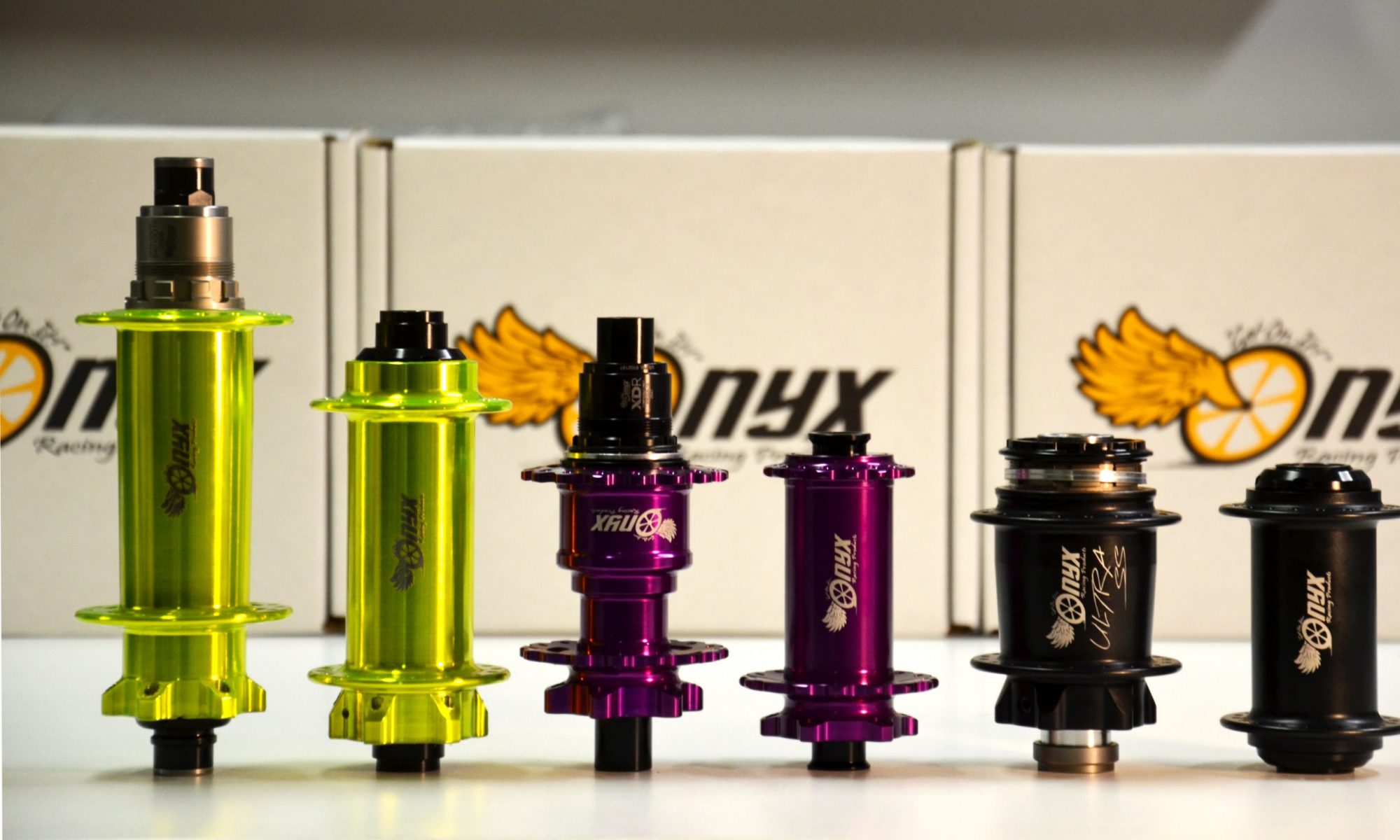The cycling industry has a long and complicated relationship with weight. The traditional line of thinking has been that the less there is of it, the better. Often time this is the case, but the scale of effect the weight savings have differs quite a bit of the assumed one.
Read further to learn what science says, and how it relates to hubs.
First Things First
To lay the foundation for this subject, some groundwork needs to be laid. How weight affects the handling of the bike, and how much is it location-dependent? In other words, how much does it matter if the additional mass is located around the bottom bracket, saddle, outer circumference of a wheel or in a hub – if it does at all?
In general, the rotational mass has a bigger effect on the handling of the bike than mass that is stationary or put in other words, non-rotating. In practical terms, this means that the mass located on the wheels have a bigger effect on handling than other components found on the bike. Yes, the drivetrain components such as cranks, chainrings and pedals do rotate, but their effect is negligible at best because of the short radius on low rotational speeds.
Secondly, it’s important to recognize the situations where the effects of the additional mass are the biggest. This can be summarized into two scenarios:
1) Acceleration. This is where the speed of the rotating component sees a change. The bigger the mass that needs to spin faster, the bigger the required energy.
2) Climbing. This is a game against gravity that cannot be cheated in. Every gram that the rider-bicycle-unit has, needs to be “lifted” up when climbing. The rise in potential energy requires more kinetic energy which in turn is supplied by the rider.
What does Science say?
Pinkbike – the leading mountain bike site – published a very well-written article about weight and how much riders should worry about it. To give credit where its due, the author Seb Stott did an excellent job in writing the article as well as laying out the related equation.
Because wheels roll, they have a fixed relationship between their translational speed and their rotational speed, and this gives them a fixed relationship between the rotational and translational kinetic energy. The vast majority of the rotational kinetic energy in a bicycle wheel comes from the mass at the outer edge (the rim and tire) – the hub and spokes are pretty negligible.
-Seb Stott
If you want to read the full story and see how the math plays out work, head to the following link.
Pinkbike.com – Why You Should Not Worry About Weight Much
A very nice graphical illustration of this was posted by our friends at the.european.bike.project Instagram channel. Both wheels have the same amount of mass in the video, but the faster one has the weight placed on the inner circumference. Quite a noticeable effect one could say.
Wheat from the Chaff
To get a handle on things that truly matter and play a noticeable effect on performance and ride quality, the following points should be taken into account.
- Always consider the amount of mass in question in relation to the whole rider-bicycle-system. A weight saving of 250g might sound considerable, but in a system of 90kg for example (70kg rider, 5kg gear, 15kg bike) it represents only 0,27 % of the whole.
- The mass that is located on the outer circumference of rotating parts has the most notable effect. In practical terms we are speaking of tires, rims and possibly inserts here.
- Every gram counts in climbing, but it is still best to keep the big picture in mind. Does a weight saving of, let’s say 50g, give a noticeable performance benefit? And is it worth the potential compromise in component performance, durability or otherwise?
It’s About Priorities
Onyx Racing Products hubs aren’t the lightest ones out there – which is a well-known fact. From the start, the design behind the hubs was to create a hub with the highest performance possible with features that are unparalleled in the industry. The patented sprag clutch mechanism, carefully dimensioned hybrid ceramic bearings and overall robust hub construction fulfil this criterion.
Some of the benefits Onyx Racing Products hubs are known for include:
- Instant engagement.
- Low-drag and very low friction – which is backed by independent 3rd party lab measurements.
- Fully silent operation.
- Low-service needs and highly reliable function.
All of these features require a robust structure. Considerable forces take place within the patented sprag clutch mechanism. To withstand this the sprags themselves are made of hardened steel which is paired with a sleeve made of similar material inside the rear hub shell. Lesser material wouldn’t simply do in highly demanding applications like this.
All of this means that the Onyx Racing Products hubs aren’t the lightest ones out there – which can be considered a downside in an industry that has been weight-obsessed for more than half a century. Luckily, in the light of physics, the effect of added mass has a very negative little effect – especially in demanding and gravity-orientated applications.
Onyx Racing Product hubs remain the premiere and winning choice in all riding disciplines, even though they are not the lightest ones around. Performance and functionality over grams.
Explore the Onyx Racing Products lineup from our shop.


